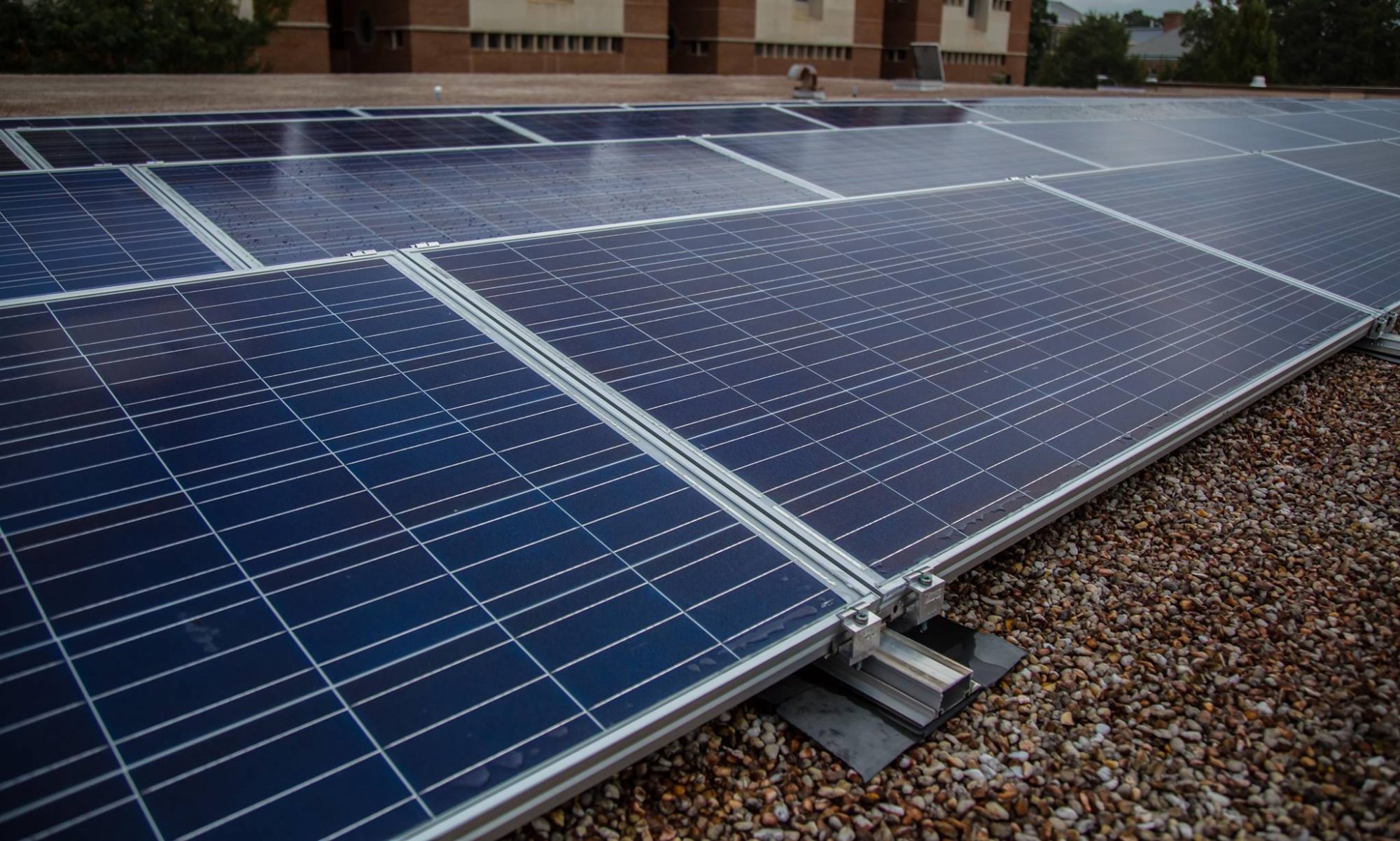RESPC Objectives
Before looking at the energy and cost savings of projects funded by RESPC, it is important to review their charter.
“The purpose of the Renewable Energy Special Projects Committee (RESPC) shall be to increase the use of renewable energy and sustainable practices through funding of renewable energy, energy efficiency, maintenance, and energy education projects on campus.”
The simple payback on some of their projects may not look very attractive, but RESPC was created was to provide leadership from students on renewable technologies that would not be installed otherwise on campus. RESPC has been successful at doing this and has brought significant national recognition to the University through its green fee model. By doing a diverse portfolio of projects, RESPC meets its goals in many ways.
Many projects would not be feasible on purely economic grounds; however, the ability to pilot new technologies and assist with capital projects have allowed them to create a laboratory for new energy ideas that would not otherwise be possible.
Weight Criteria
5 Direct annual energy savings
4 Visibility to the Campus Community
4 Payback Ranking Against Other Potential Projects
3 Educational Opportunities for Students
3 Direct Student Benefits
2 Innovative Technology
1 Anticipated Duration
Term Definitions
Reasonable Cost: Renewable energy projects generally cost over $100,000 whereas smaller energy efficiency projects range between $20,000-$50,000. All projects are heavily discussed with cost being only part of the considerations.
Payback Ranking: Economically, shorter paybacks are more attractive. Renewable energy projects fall into a category of long-term payback, therefore payback time cannot be the ultimate decider in some of RESPC’s larger projects. The committee has historically made a variety of types of projects a priority rather than low payback.
Visibility: Projects that students can see and interact with are important as part of the educational aspect of the RESPC mandate.
Innovative Technology: Projects that bring new technology to Carolina also contribute to energy education.
Anticipated Duration: Projects that can be completed before committee members graduate are attractive when deciding between two similarly priced projects. The Morrison solar thermal project took several years, so when it was finished the committee members weren’t quite as thrilled to see it as perhaps the committee members who initiated the project would have been.
Educational Opportunities: Committee members who participate in a project development learn not only about the technology but also about project management and financing. The committee seeks to educate the campus community about the benefits of the new technology through campus demonstration.
Direct Student Benefits: The language in the referendum states that projects should benefit students. Hence a project, for example, in a residence hall would likely be selected over a project in an administrative office.
